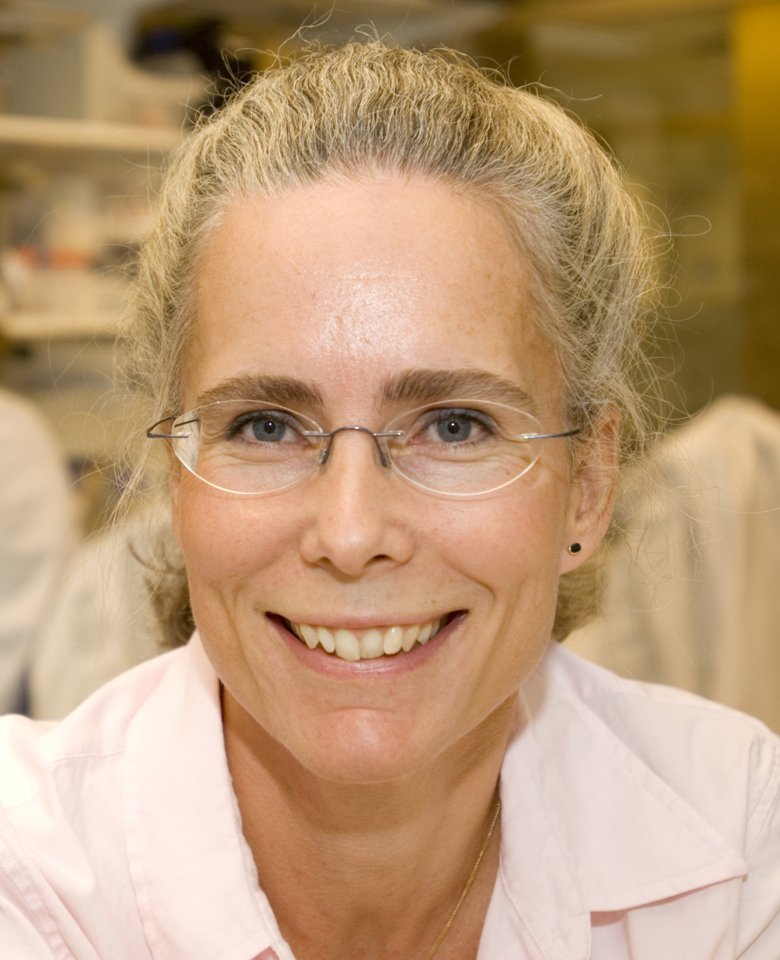Newly discovered immune cells contribute to toxic shock
Recently discovered immune cells called MAIT cells play a key role in group A streptococcal toxic shock, researchers at Karolinska Institutet report. The results, which are published in the journal PNAS, have potential implications for the diagnosis and treatment of this life-threatening condition.
Group A streptococcus is a bacterium commonly found in the population and is the most common bacterial cause of mild throat infection (tonsillitis). However, the bacterium can also cause life-threatening conditions if it enters the blood or other tissue, where it can give rise to sepsis or toxic shock, conditions that develop rapidly and that are associated with a high mortality rate and, often, extensive tissue damage – hence the popular media epithet “killer bacteria”.

Immune cells overreact
Toxic shock occurs when the bacteria produce toxins called superantigens, which cause the immune cells to overreact and produce large amounts of cytokines – proteins/peptides whose normal function is to regulate the body’s immunological and inflammatory response. Researchers at Karolinska Institutet now show that MAIT cells, a relatively recently discovered immune cell, play a fundamental role in the cytokine response to superantigens and group A streptococcus.
“MAIT cells are few in number but respond rapidly to group A streptococci to produce large amounts of cytokines,” says lead author Johanna Emgård, doctoral student at the Department of Medicine, Karolinska Institutet (Huddinge). “This over-production of cytokines is called a cytokine storm and results in leaking blood vessels, hypotension and organ failure.”

Early treatment is critical
The researchers also show that MAIT cells are activated in patients during the acute phase of the infection.
“This discovery is important as it means that we’ve found a new potential target for diagnosis and treatment,” says Anna Norrby-Teglund, professor at the same department and the study’s last author. “This is particularly important given the characteristically rapid development of group A streptococcal toxic shock, for which early diagnosis and treatment is critical for the outcome of the infection.”
The study is a collaboration between Anna Norrby-Teglund’s research group and Johan Sandberg’s research group at the Department of Medicine, Karolinska Institutet (Huddinge). The research was financed by the EU’s seventh framework programme, Karolinska Institutet, the Swedish Research Council, the Swedish Cancer Society and the Canadian Institute of Health Research.
Publication
“MAIT Cells Are Major Contributors to the Cytokine Response in Group A Streptococcal Toxic Shock Syndrome”. Johanna Emgård, Helena Bergsten, John K. McCormick, Israel Barrantes, Steinar Skrede, Johan K. Sandberg, Anna Norrby-Teglund. PNAS, online 25 November 2019, doi: 10.1073/pnas.1910883116.
